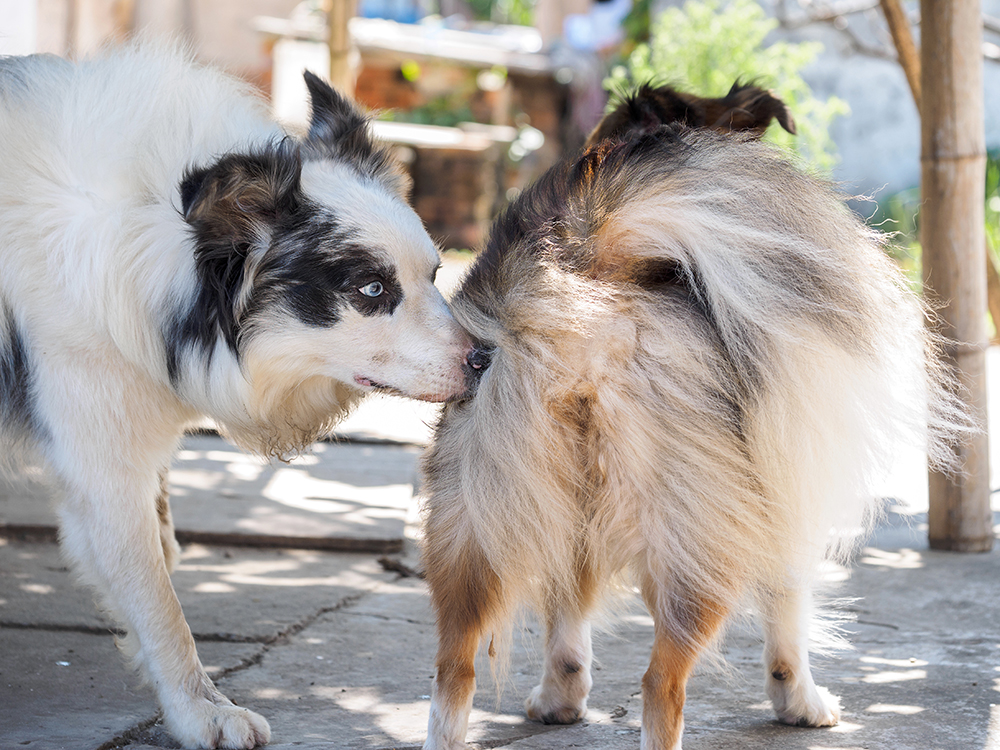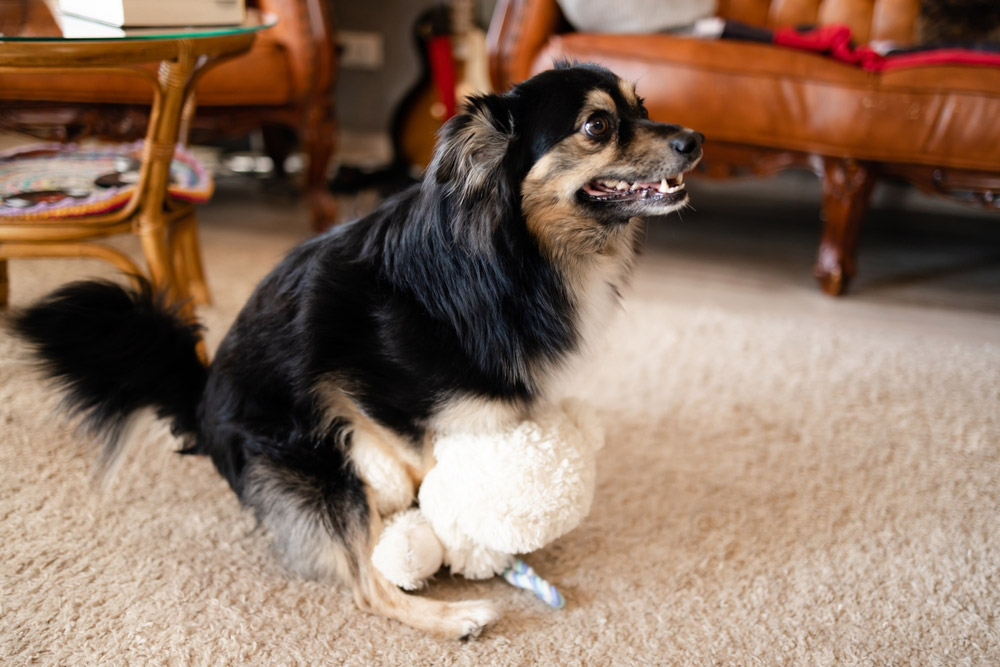Original Article: https://www.dogster.com/dog-health-care/do-male-dogs-go-into-heat
Click to Skip Ahead
If it’s your first time owning a dog and they’re nearing the age of sexual maturity around 6 months, you might not know all the ins and outs. If you have a male dog, there’s certainly some changes you are going to encounter once they get to this stage.
However, if you’re wondering if a male goes into heat the way a female does, you’ll be happy to know the answer is no. In this article, we aim to explain how sexual maturity differs between male and female dogs and the signs you might expect to see when they reach this stage.


What Is a Heat Cycle?
A heat cycle is something only female dogs go through as a natural part of the reproductive process. During this time, females become fertile, ready to mate and their bodies prepare for pregnancy. If unfulfilled, their body goes back to its normal state, and they are no worse for wear.
Males, since they have an entirely different reproductive purpose, have no need for heat cycles. Instead, they stay constantly prepared for breeding once they reach sexual maturity. Males are opportunistic mates, as they are triggered by the hormones and pheromones from females in heat.
That is not to say that things don’t start changing for males that reach sexual maturity. A lot of changes can take place that signal they have undergone this transitional period. However, it is the female and female alone that undergoes the whole process of heat cycles.



Males After Sexual Maturity
When male dogs reach sexual maturity, hormones such as testosterone increase which can cause quite a few behavioral changes. Typically, this happens between 4 and 6 months of age, though it can vary from dog to dog.
Keep in mind that unlike females who undergo physical changes in cyclic patterns for reproduction, males are ready to reproduce at any time. If you see sudden hormonal type changes in your dog it may be because they have picked up the scent of a female in heat and are following their natural instincts. This can lead to excitement, restlessness, increased mounting and marking, and escape attempts.
Territorial Marking
When dogs reach sexual maturity, they might start marking all over everything! Some dogs do this more than others to mark their territory and communicate with other dogs.
Urine marking is most commonly seen in male dogs that haven’t been neutered. However, both neutered males and spayed females can also mark their territory. As we mentioned urine marking may increase if there is a female dog in heat nearby.
Roaming
Because the dog’s sense of smell is so impeccable, they can detect females in heat miles away! Due to this natural desire, it can cause them to run off and roam around in search of a mate.
If your dog is out of your sight, obviously this can cause a lot of complications. It can put your dog in danger and certainly cause problems with neighbors if they try to get to another female.
Humping
Some dogs start humping when they reach sexual maturity and never stop! These dogs will hump inanimate objects, legs, and the works! You’ve seen it happen and you know exactly what we’re talking about. This behavior is not always sexually motivated though and doesn’t necessarily stop if you get your dog neutered. Neutering generally reduces mounting behavior by around 50-60%.

Behavioral Changes
When certain males reach sexual maturity, there are often behavioral changes so you might notice your male acts a little differently. Dogs can become more easily over-aroused or excited, they may be a little more anxious or rambunctious than usual.
There can also be changes in their sociability, some dogs become more interested in other dogs and people, while other dogs become less tolerant and can show signs of aggression.


Signs of a Female Dog in Heat
Unlike males, females enter heat (estrus) cycles where they have different signs at various stages throughout. On average, sexual maturity is reached at around 6 months but it can be at over a year of age for some larger breeds. Most dogs come into heat twice a year but the interval can vary between different dogs. Recognizing the main signs that your female is in heat is important if you are looking to prevent pregnancy or plan to have your dog spayed.
- Swollen vulva
- Excessive licking
- Vulval discharge
- Swollen nipples
- Behavioral changes such as neediness or increased affection
- Roaming

Fixing Your Dog
Both spaying and neutering are important considerations for any dog. They can help manage some of the behavioral and health challenges associated with sexual maturity. If you don’t get your dog fixed, you also run the risk of winding up with an unwanted pregnancy. If your dog gets someone else’s dog pregnant, chances are they’re not going to be so happy! Spaying and neutering is important for preventing unplanned litters and reducing dog overpopulation and homelessness.
There are also established health benefits for fixing your dog. For example spaying female dogs prevents uterine infection and can reduce the risk of mammary cancers. Neutering male dogs also reduces or removes the risks of certain cancers and reduces the risk of hormonally driven prostatic and peri-anal diseases.
Discuss the procedure and timing with your veterinarian so you can get advice tailored to your pup and make an informed decision. The best time to spay or neuter your dog will depend on several factors including their breed, age, sex, health status, personality and behavior.
Conclusion
Now you understand that male dogs do not go into heat cycles like females do. It’s not the same process whatsoever. Females can get pregnant during their heat cycles, and males are ready to reproduce all the time after sexual maturity.
If you think that your male has entered manhood, it might be time to discuss neutering with your veterinarian.
Featured Image Credit: sanjagrujic, Shutterstock
Source: Dogster













